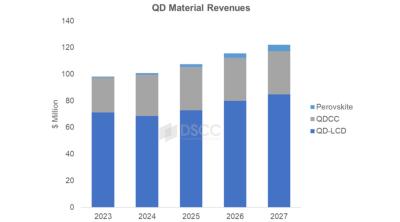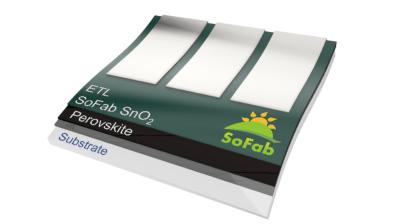Researchers find ion-induced field screening to be a dominant factor in the operational stability of perovskite solar cells
Researchers at the University of Potsdam, Humboldt-University of Berlin, University of Wuppertal, Swansea University, University of Oxford, East China University of Science and Technology, Friedrich-Alexander-University Erlangen-Nürnberg and HZB have shown that ion-induced field screening is a dominant factor in the operational stability of perovskite solar cells (PSCS).
The rather poor perovskite stability is usually attributed to electronic defects, electrode oxidation, the ionic nature of the perovskite, or chemical decomposition under moisture and oxygen. Understanding the underlying degradation mechanism is crucial to enable targeted improvements. "In our article, we demonstrate that an increasing concentration of defects in the cells is apparently not a decisive factor for degradation," says Martin Stolterfoht, former leader of the Heisenberg junior research group PotsdamPero at the University of Potsdam and now professor at the Chinese University of Hong Kong.



